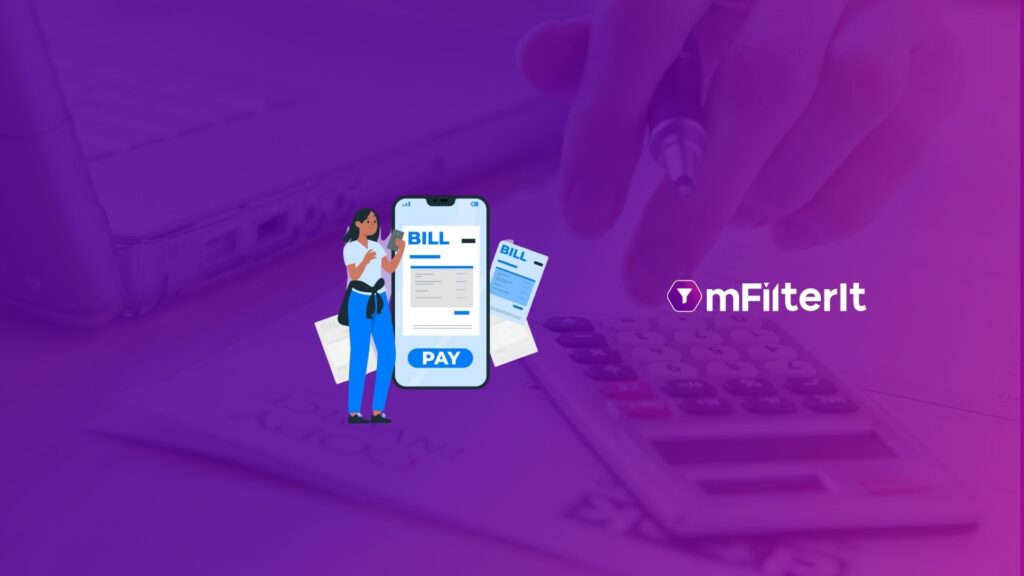Hit a 6 This Festive Season with the Right E-commerce Intelligence
eCommerce has indeed gained momentum during the unprecedented Covid19 pandemic. The gain can be seen across all product categories and sectors alike. This has paved way for new players to enter the market, thus democratizing the retail marketplace for good. Last year, brands and retailers were navigating and pivoting to digital commerce and now, with the upcoming festive season, it is important to deliver to customers holistic shopping experiences and to remain relevant in today’s digitally competitive space. The amazing side to this story is that we, at mFilterIt have got you covered to make the best out of your eCommerce business in this upcoming festive season. Our 6-pillar approach will capture all the eCommerce intelligence dynamics and ensure you hit the bull’s eye! Discoverability Can your consumers find your products easily? Unless a customer can’t find you, you’re not doing something right. To be able to make sure that your brand comes to light within the first two pages of the search and understand why your competitors make it to the search, our tools give an insight into such key aspects. The tool also gives an analysis of the discount offers run by your competitors which will further help your brand develop strategies to how better offers can be made to attract more customers this festive season. Visibility Are your products being promoted? Running a successful business on an eCommerce platform and getting potential customers to buy is only half the battle. Giving them what they need at the right time with the right search is what makes a customer hooked on you. Our tool gives your business an edge by providing the right kind of visibility and also analyses the banner ad placement, competitor’s communication tactics, flash sales, and much more to help you strategize business decisions to make the most of your com sales. Availability Are your products in stock? Imagine a prospect buyer abandoning your page and heading on to your competitor’s page only the wanted product was out of stock! Such a loss! Our tool ensures that you not only get an overall stock availability but also gives a deep dive by providing availability of stock seller-wise, zip code-wise. Don’t let stock unavailability be the reason to lose out on customers this festive season. Search Analytics Is the SEO/SEM search working for you? Is your business the one that appears when a customer searches for a product you cater to? Or is your competitor outbidding you? We help you by not only giving an insight into what are the keywords doing good or bad for your business but also analyzing the ad content copy to ensure that your business does not incur wasteful ad expenditure. Performance How is the customer evaluating you? An important parameter for any business is to understand what are their customers talking about them and how well can they improve as per their customer’s liking. Our tool is adept at analysing all the ratings and reviews basis sentiment and revenue which will help you improve your product’s performance and live up to your customer’s demand. Brand Safety Are safety norms being followed? Given the festive season, it becomes a great opportunity for fraudsters to compromise on your brand’s safety by selling counterfeit products that hurt your brand reputation. Not only this, there are unauthorized sellers on e-commerce marketplaces who deal in your products which has become a major brand safety concern. Speak with us to get your free trial today!
Hit a 6 This Festive Season with the Right E-commerce Intelligence Read More »










